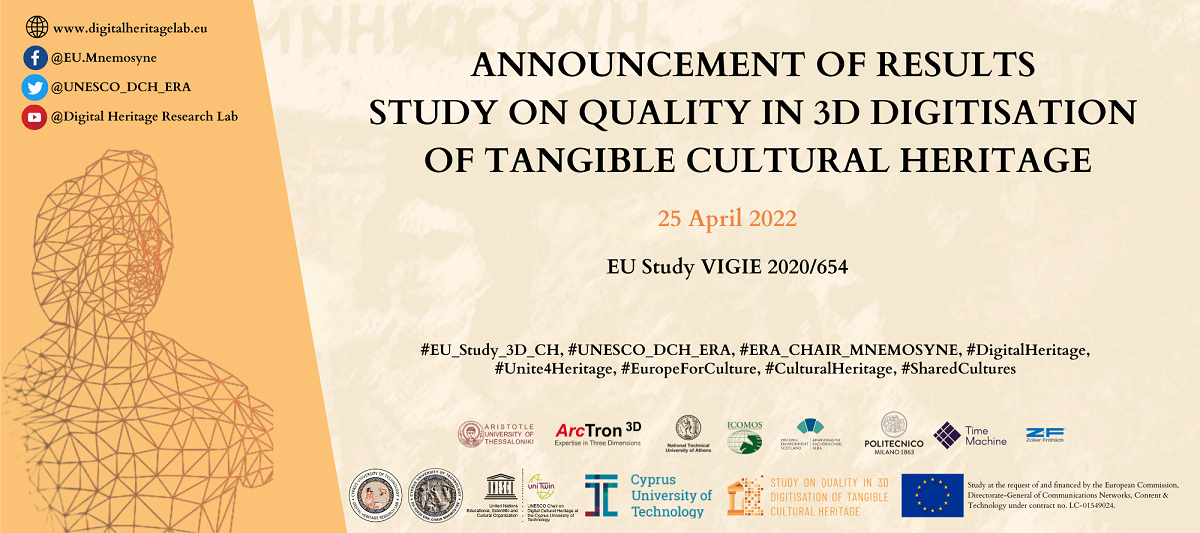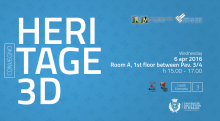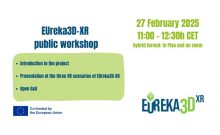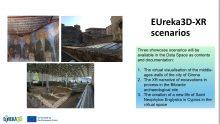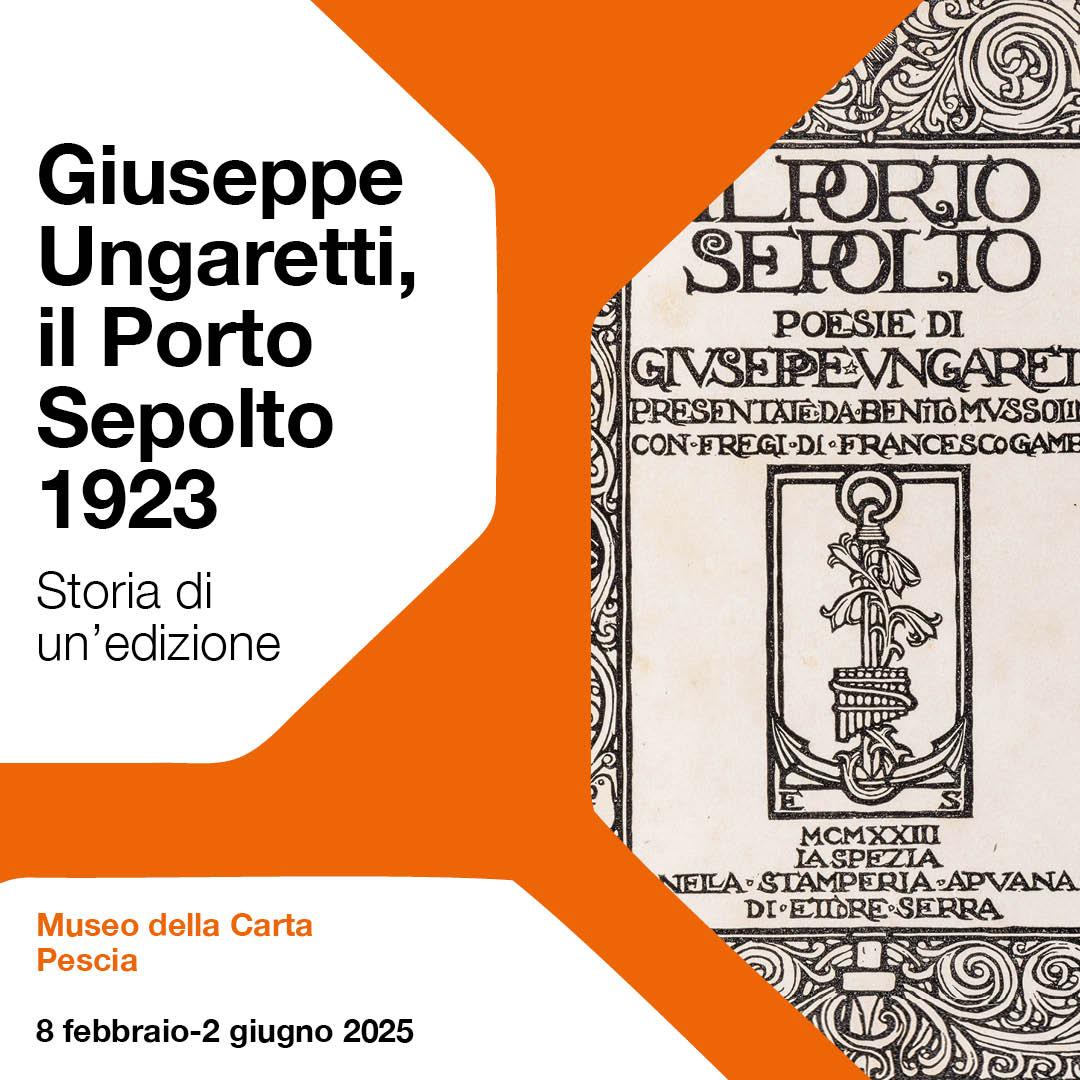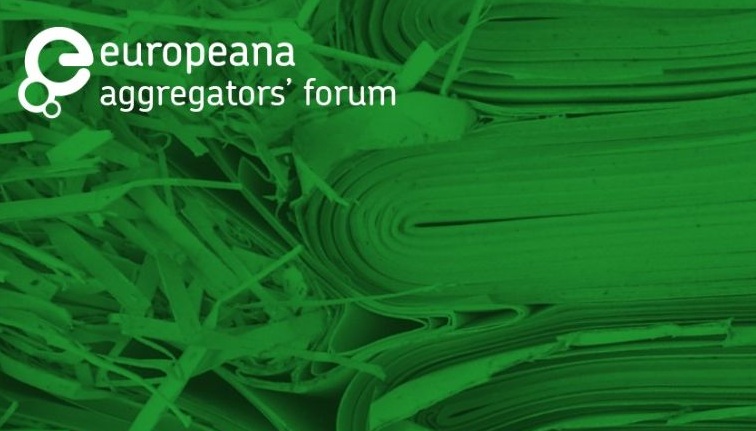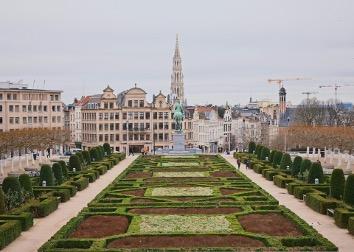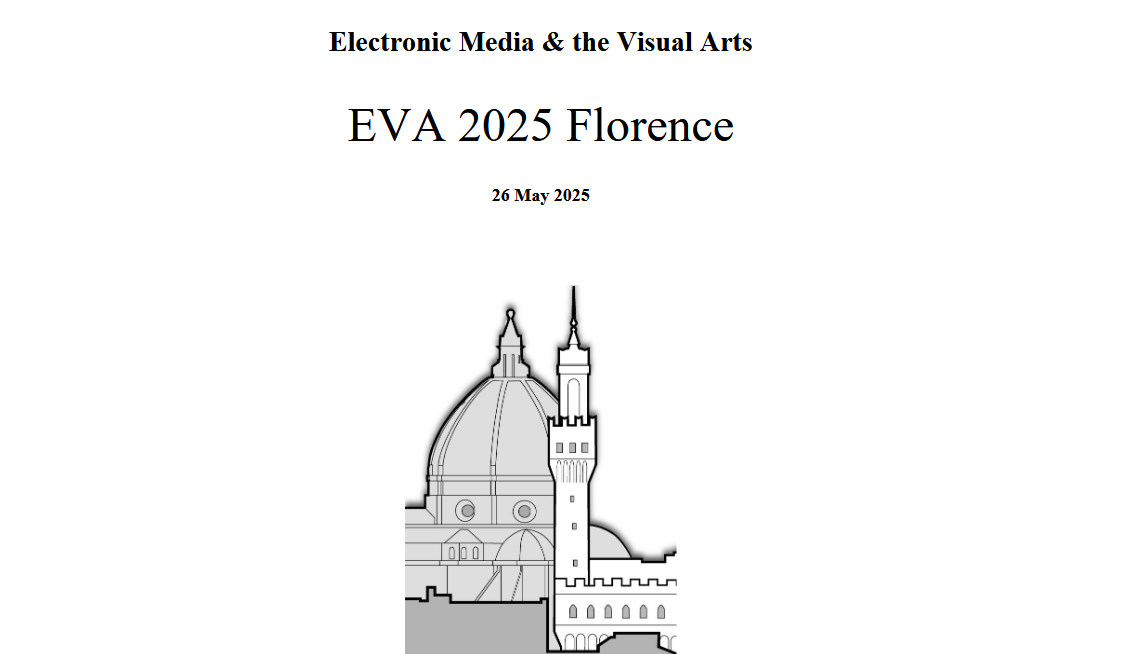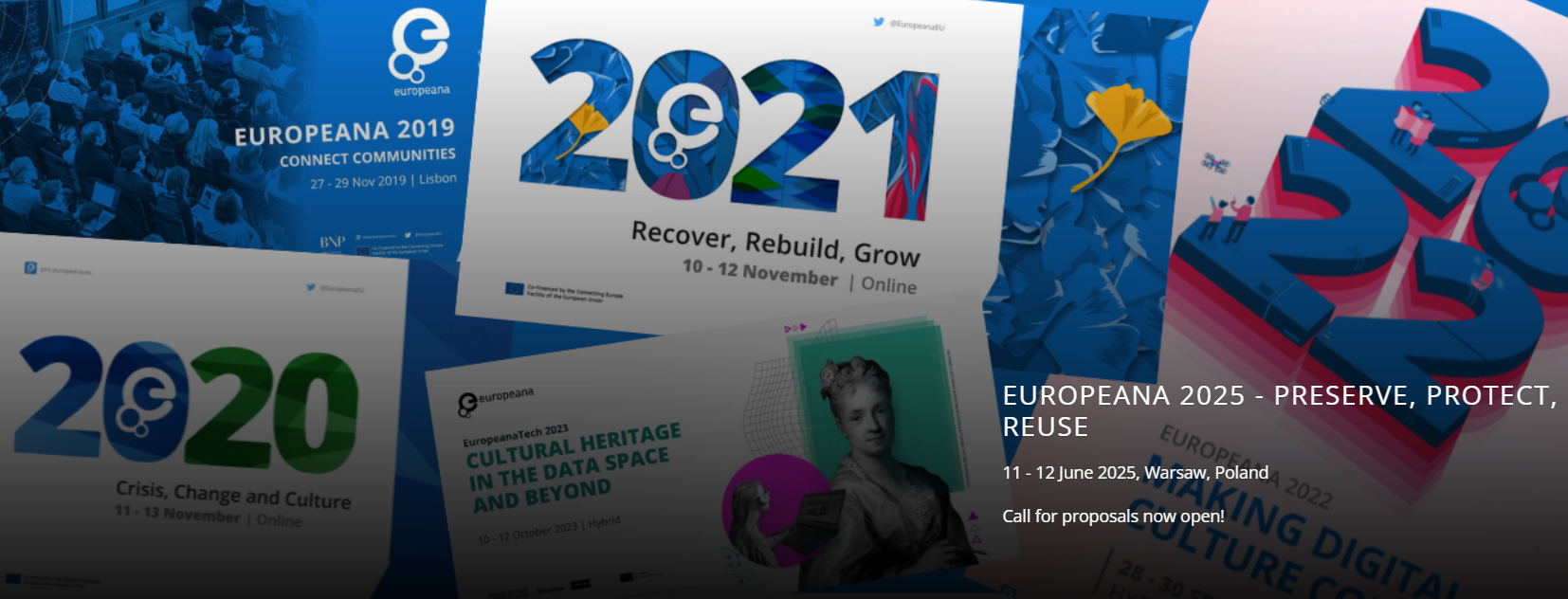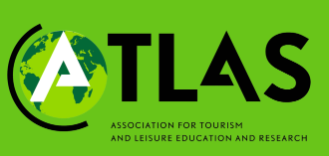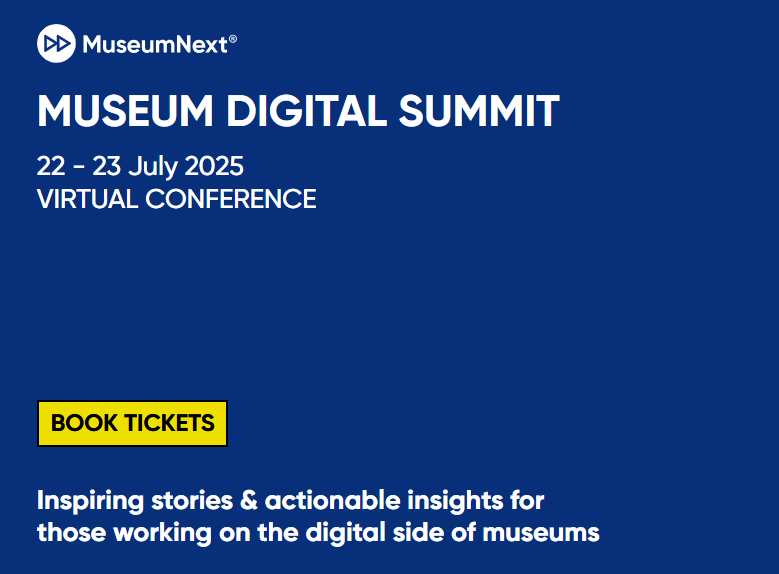-
Join the
Digital Meets Culture
Open Newsroom! If you have interesting news and events to point out in the field of digital cultural heritage, we are waiting for your contribution.
If you have interesting news and events to point out in the field of digital cultural heritage, we are waiting for your contribution.
-
Free text
-
-
Upcoming events
-
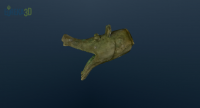
Step into the world of history and heritage through stunning 3D collections that bring the past to life. From pre-cinema artifacts in Girona to everyday objects and cultural emblems from the ancient oppidum of Bibracte in Burgundy, these collections … Continue reading →
 The deadline for submitting photographic projects for the AIPAI PHOTO CONTEST has been extended
The deadline for submitting photographic projects for the AIPAI PHOTO CONTEST has been extendedThe deadline for submitting photographic projects for the 3rd edition of the AIPAI PHOTO CONTEST, the photography contest organized by the Italian Association for Industrial Archaeological Heritage ETS, has been extended to October 31. The contest is organized in collaboration with DICEA … Continue reading →
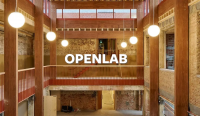 Brussels, November 13th and 14th, 2024
Brussels, November 13th and 14th, 2024On November 13th and 14th, OpenLab.brussels is hosting the international conference “Creating Knowledge through Participatory Research” in Brussels. The OpenLab.brussels is a joint venture of ULB-VUB dedicated to participatory research. It aims to mobilize our academic community and public or private stakeholders … Continue reading →
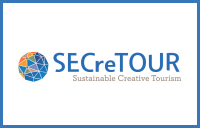
eureka3d-xr-button-200×128
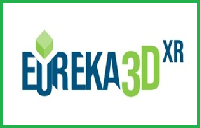
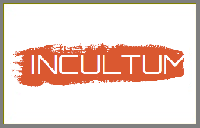

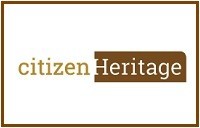

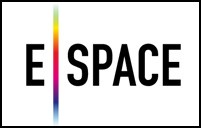
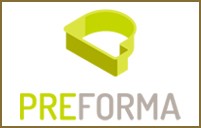
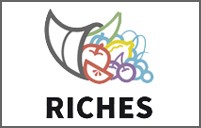
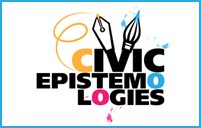
-
-
DIGITAL MEETS CULTURE IS MEDIA PARTNER OF: 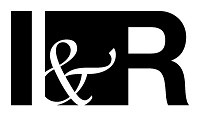
-
-
 The collections feature 3D models digitised in the context of the EUreka3D project
The collections feature 3D models digitised in the context of the EUreka3D projectExplore two new source collections on Historiana, the online multimedia tool co-funded by the European Union that provides teachers with innovative, interactive resources to bring history to life and engage students. These collections feature 3D models digitised through the … Continue reading →
 Brussels and online, January 9, 2025
Brussels and online, January 9, 2025On January 1st of every year, new heritage works enter the public domain. Unfortunately, these works often remain inaccessible to the public. In order to share experiences and best practices in opening up this material, Meemoo, COMMUNIA, Creative Commons, … Continue reading →


